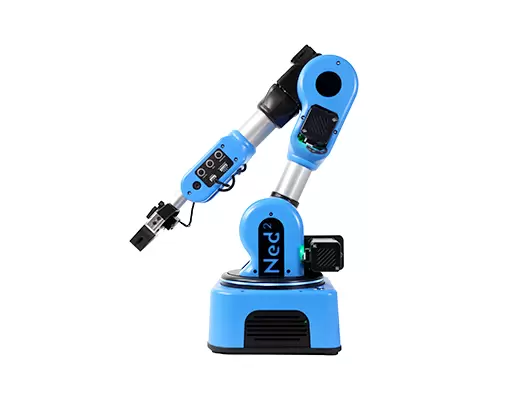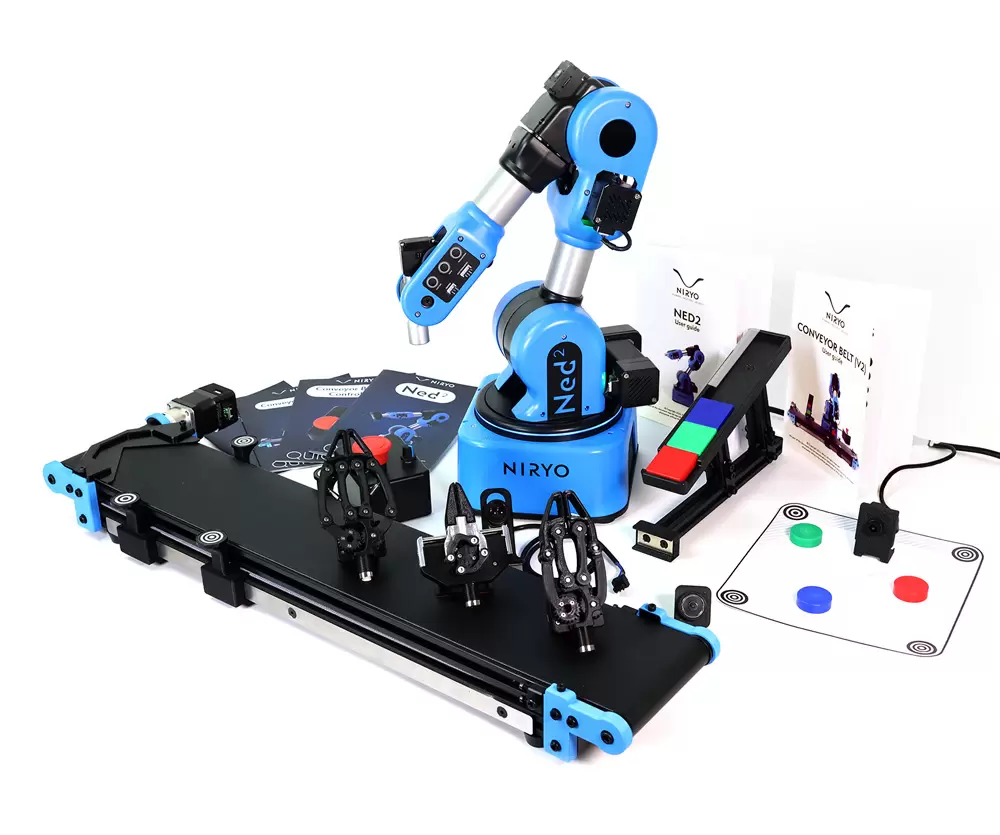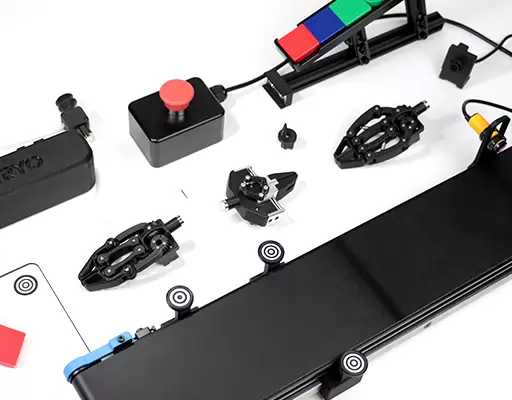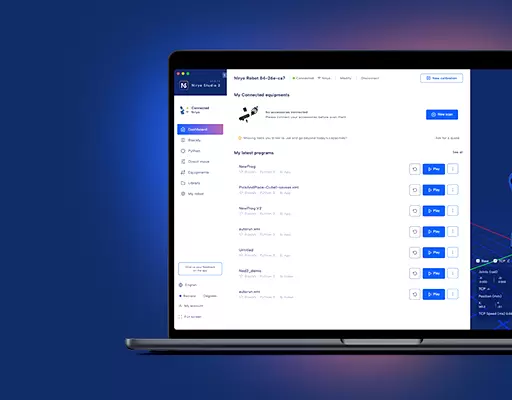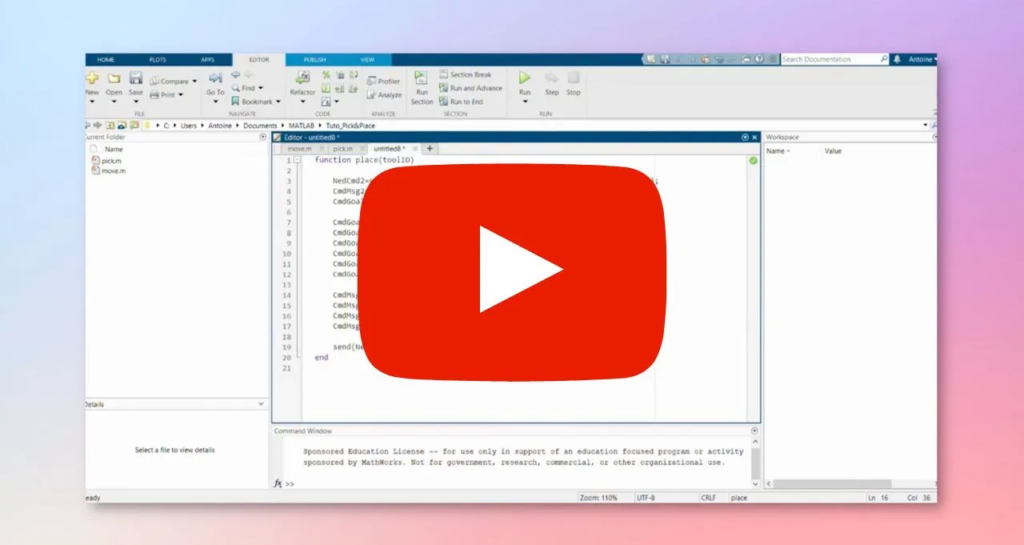Are you passionate about math, programming, artificial intelligence and robotics? Then this article is made for you!
You’ve certainly heard about MATLAB, the high-level programming and numeric computing platform.
While you’re reading, MATLAB is being used by millions of engineers and scientists to analyze data, develop algorithms, and create models.
In this article, we will be exploring further different ways to use MATLAB for educational purposes in the engineering field, more specifically for collaborative robots (aka cobots).
1. Simulation
Today, MATLAB is considered as an excellent platform for simulating the behavior of collaborative robots. Using the Robotics System Toolbox, professors and students are able not only to create virtual robots but also to simulate their interactions with their environment and shared workspace.
If you wish to learn more about the basic principles of robotics and gain some experience in programming and controlling them, then MATLAB will help you experiment different control algorithms, test different scenarios, and analyze the data generated by the simulation.
2. Control
Besides simulation, MATLAB provides a wide range of tools for controlling robotic systems, including robotic arms.
Again, using the Robotics System Toolbox, students can:
- Develop and optimize control algorithms that govern the movements and interactions with the environment.
- Experiment with different types of sensors, such as force sensors, vision sensors, and proximity sensors.
- Learn how to integrate those sensors into the control system.
3. Design
Some universities use MATLAB to design robotic systems. The objective here is to optimize the mechanical and electrical components of the robot. Students can use the Robotics System Toolbox to design and optimize the mechanical and electrical components of the robot and build some advanced features like trajectory tracking or evaluate alternate motion planning.
Different kinematic configurations can be tested as well, such as serial, parallel, and hybrid robots, and learn how to design end effectors and grippers for specific tasks. Therefore, the platform offers you to generate the code of the model you have created to embed it into your hardware platform.
4. Analysis
One more thing MATLAB can help you with, is to analyze the data generated by your robot.
This time, among all MATLAB toolboxes, we will be using the Data Analytics Toolbox. Professors can teach analyzing and visualizing data from sensors, such as force sensors and vision sensors. This will help students gain insights into the robot’s behavior and performance.
On the other hand, you will be able to learn how to use machine learning algorithms to improve the robot’s performance and optimize its control system.
5. Artificial Intelligence
When we speak tech, we certainly speak AI. Unsurprisingly, MATLAB can be used to implement artificial intelligence into robotics by performing tasks. This includes but is not limited to object recognition, trajectory planning, motion control and SLAM (Simultaneous Localization and Mapping).
So in conclusion, whether you want to learn about simulation, how to control robots, how to design a robotic system or even to start analyzing data, MATLAB is an excellent platform to do it.
At Niryo, we’ve been testing and practicing with MATLAB for a while now, in order to gain insights into our collaborative robot’s behavior and performance: Ned2.
MATLAB proved to be a robotic learning companion that can be both fun and rewarding at the same time. Here’s a video where you can learn how to pick and place using both Matlab and Ned2. Enjoy our MATLAB documentation too!
